American Interpretations
________________________________________________________________________________________________________________________________________________________________
Imaginative American visuals symbolized power and demonstrated lack of knowledge about Japan.
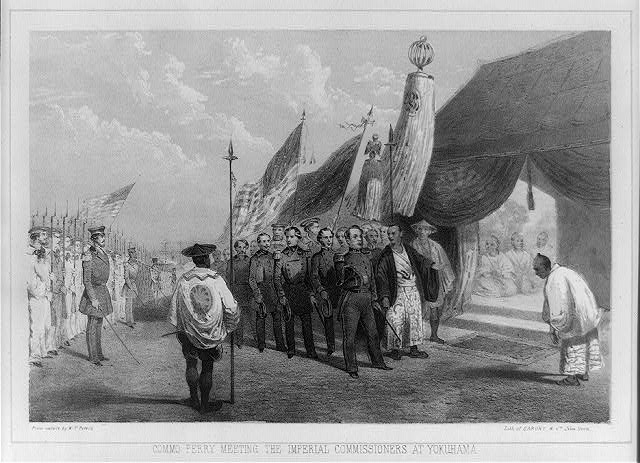
Landing in Yokohama (Kanagawa)
Unknown artist [1856]
Official Report of the Expedition to Japan
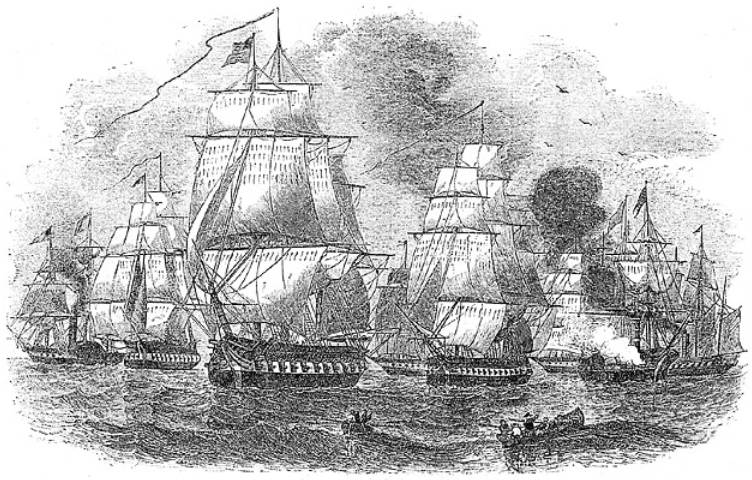
Perry's Fleet in 1854
Unknown artist [1854]
Wikipedia
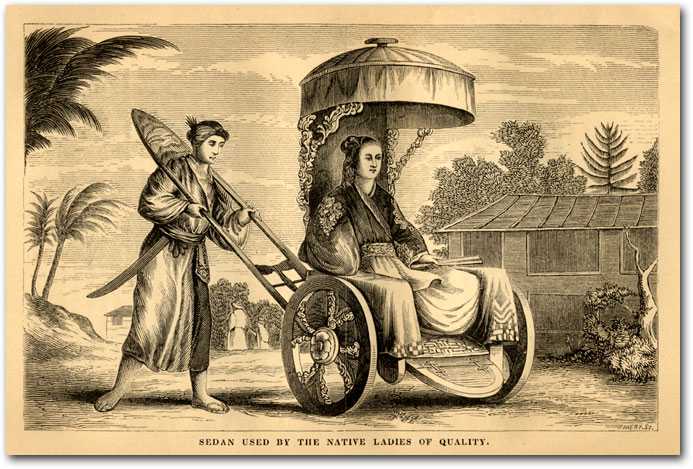
Coach Used by Japan's Ladies
Talbot Watts, author of
Japan and the Japanese [1852]
MIT Visualizing Cultures
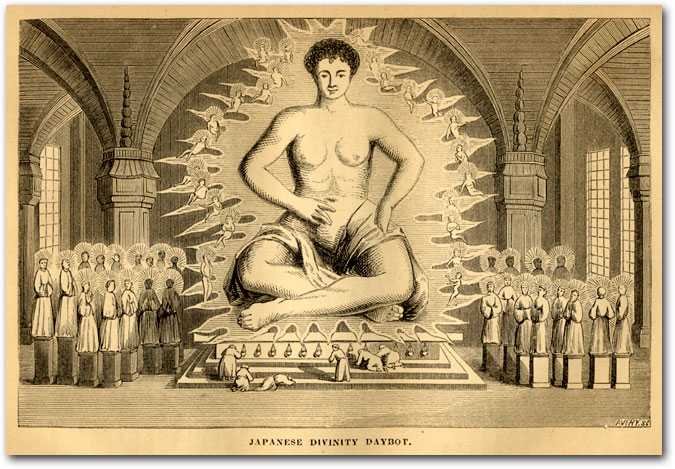
Japanese Divinity Idol
Talbot Watts, author of
Japan and the Japanese [1852]
MIT Visualizing Cultures
"
In Japan and the Japanese, a small book published in America in 1852 as a send-off to the Perry expedition, a former employee of the British East India Company paired synopses of prior writings with a selection of illustrations that revealed how odd and exotic the little-known heathen still remained in the imagination of Westerners. These thoroughly fanciful graphics conjured up a world of bizarre religious icons commingled with sturdy men and women wearing Chinese-style robes, holding large and stiff fan-shaped implements, even promenading with folded umbrella-like tents draped over their heads and carried from behind by an attendant. Such fantasy masquerading as informed commentary and illustration was typical. Just months before Perry’s arrival in Japan, the popular U.S. periodical Gleason’s Pictorial Drawing-Room Companion published a dramatic engraving depicting “the emperor of Japan” holding public court in “Jeddo” (the old romanized spelling of Edo, the capital city later renamed Tokyo). Here, too—despite being annotated with fifteen numbered details—the graphic was entirely imaginary. The emperor lived in Kyoto rather than Edo. His palace surroundings were not highly Sinified (“Chinese”), as depicted here. He never held public court. And Japanese “gentlemen” and “soldiers” did not wear costumes or sport hairstyles of the sort portrayed" - Dower [2010]

Japanese Marriage Ceremony
Talbot Watts, author of
Japan and the Japanese [1852]
MIT Visualizing Cultures
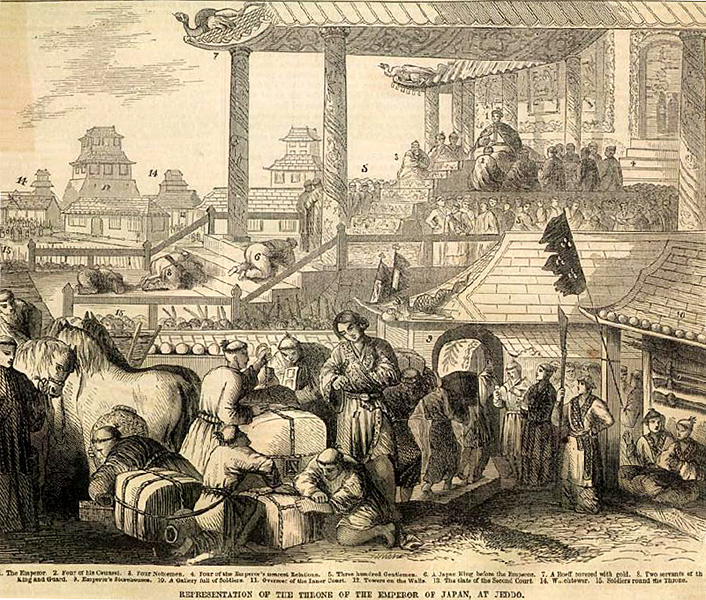
Representation of Emperor's Throne
Gleason's Pictorial [1853]
MIT Visualizing Cultures
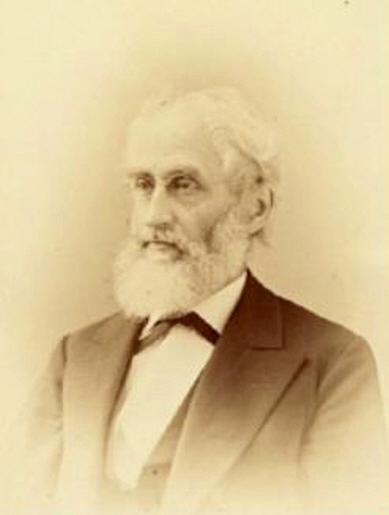
Translator Samuel Wells Williams
Unknown artist [1889]
Wikipedia
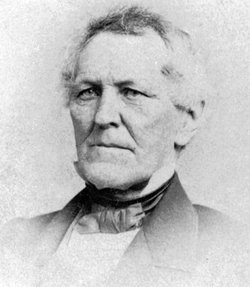
Commander Henry A. Adams
Unknown artist [n.d.]
Naval History and Heritage Command
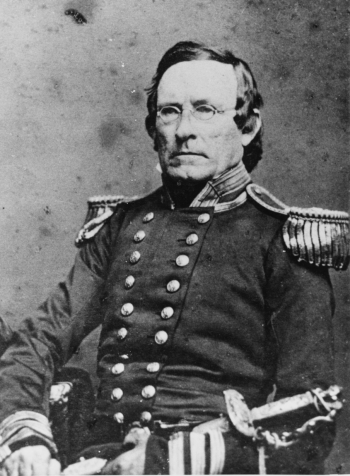
Joel Abbot
Unknown artist [n.d.]
Naval History and Heritage Command
________________________________________________________________________________________________________________________________________________________________